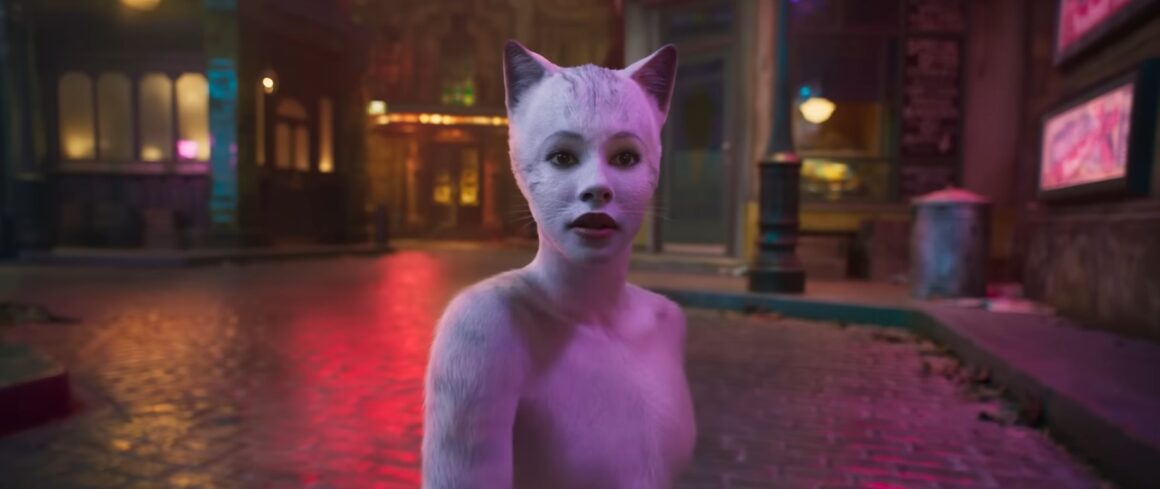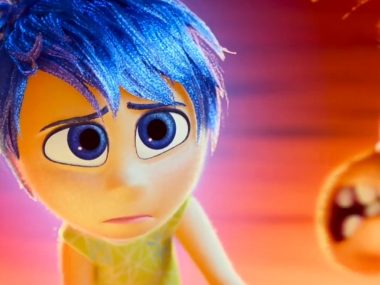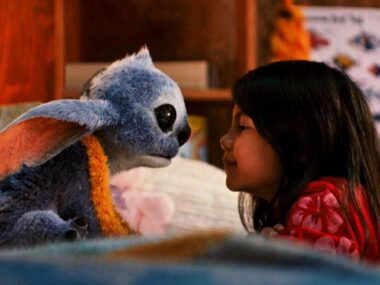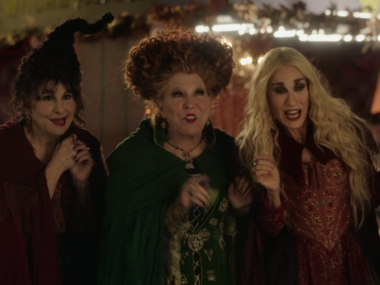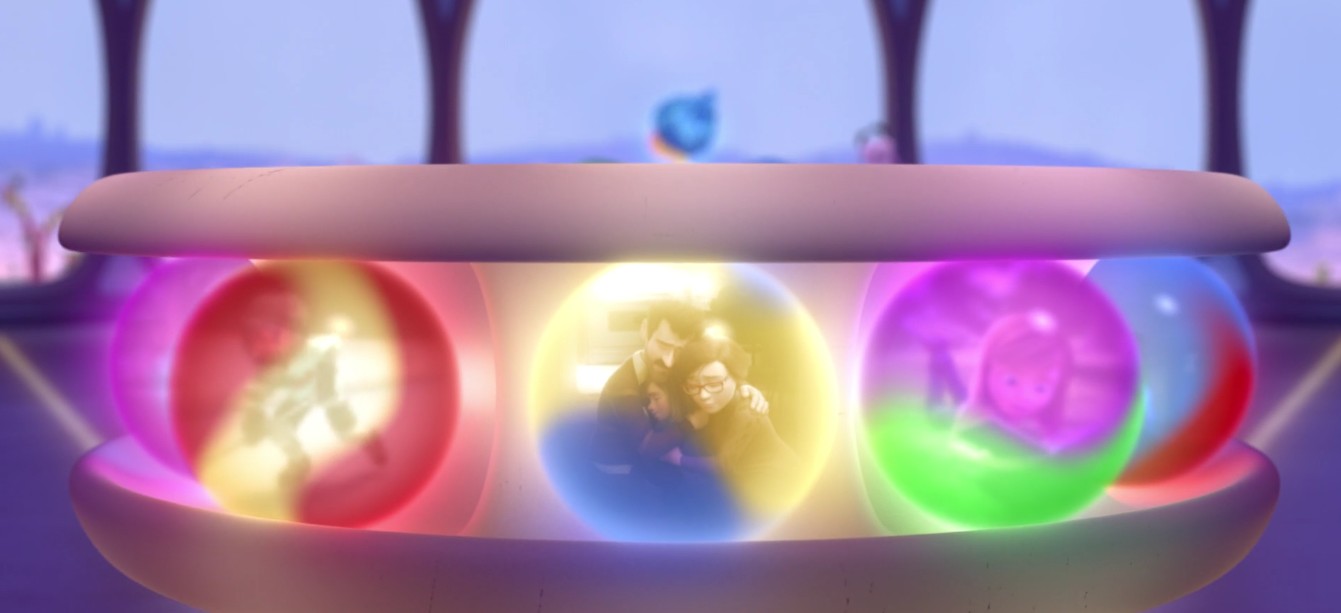When Universal Pictures greenlit Cats in late 2018, they weren’t asking for a small favor. They were asking audiences to watch an $80–100 million musical splashed across the screen, featuring a star‑studded cast—Idris Elba, Jennifer Hudson, Judi Dench, Taylor Swift—and Oscar‑winning director Tom Hooper at the helm. They were asking moviegoers to buy into “digital fur” on human faces, to accept twitching ears in lieu of real emotion, and to follow a plot so loose it felt more like a dream than a film.
They were asking too much.
The Plot: A Mystical Mess
At its core, Cats is about belonging. It follows Victoria, a young white cat abandoned in London. She’s introduced to the Jellicles, a tribe of alley cats preparing for their annual Jellicle Ball. One soul will ascend to the Heaviside Layer and be reborn. Along the way, we meet:
-
Mr. Mistoffelees: the magical mentor
-
Munkustrap: the protective narrator
-
Grizabella: the once‑glamorous outcast
-
Macavity: a teleporting villain whose motives remain murky
Onstage, this episodic structure works. Live choreography, sweeping stagecraft, and your imagination fills in the gaps. Onscreen, it felt disjointed. The narrative never settled, and characters did not have emotional anchors.
The Real Problem: Visuals That Backfired
Then there was the elephant in the room: the CGI. In an attempt to blend human actors with feline features, the film tumbled headfirst into the uncanny valley. Instead of immersive spectacle, viewers got twitching ears, human hands, and fur that never quite felt real. Critics labeled it “nightmarish,” “baffling,” and “a cinematic hairball,” and audiences recoiled in equal measure.
If the goal was to honor Andrew Lloyd Webber’s 1982 stage musical, the filmmakers needed to ask: What makes Cats work on stage, and how do we translate that to film, rather than simply duplicating stage elements with CGI? Instead, Cats ended up stuck between two worlds. It wasn’t a live theater experience, and it wasn’t a fully coherent cinematic world, either.
And yet, beneath all the fur and flagrant editing, the emotional heart was still there. Grizabella’s trembling rendition of “Memory,” Victoria’s wide‑eyed longing for acceptance…these moments could’ve cut through the chaos. But they were buried under layers of visual gimmicks and tonal confusion.
High Expectations and a Risky Vision
Released in December 2019, the movie earned just $75.5 million worldwide against that $80–100 million budget, and racked up an estimated $71 million in losses. It wasn’t just a box‑office bomb; it became a cautionary tale about technology run amok and nostalgia unmoored from storytelling.
A bold vision demands grounded execution. Technology should serve the story, not distract from it. And when adapting beloved material, your first question must be: “What needs to change to make this work on screen today?”
Cats wasn’t just a strange movie. It was a strange movie where every detail, the loose plot, the digital fur, the starry cast, asked too much of the audience and gave them too little in return.
📌 Changelog
- May 5, 2025: Article re-written to add additional information.
- July 18, 2019: Original article posted.
